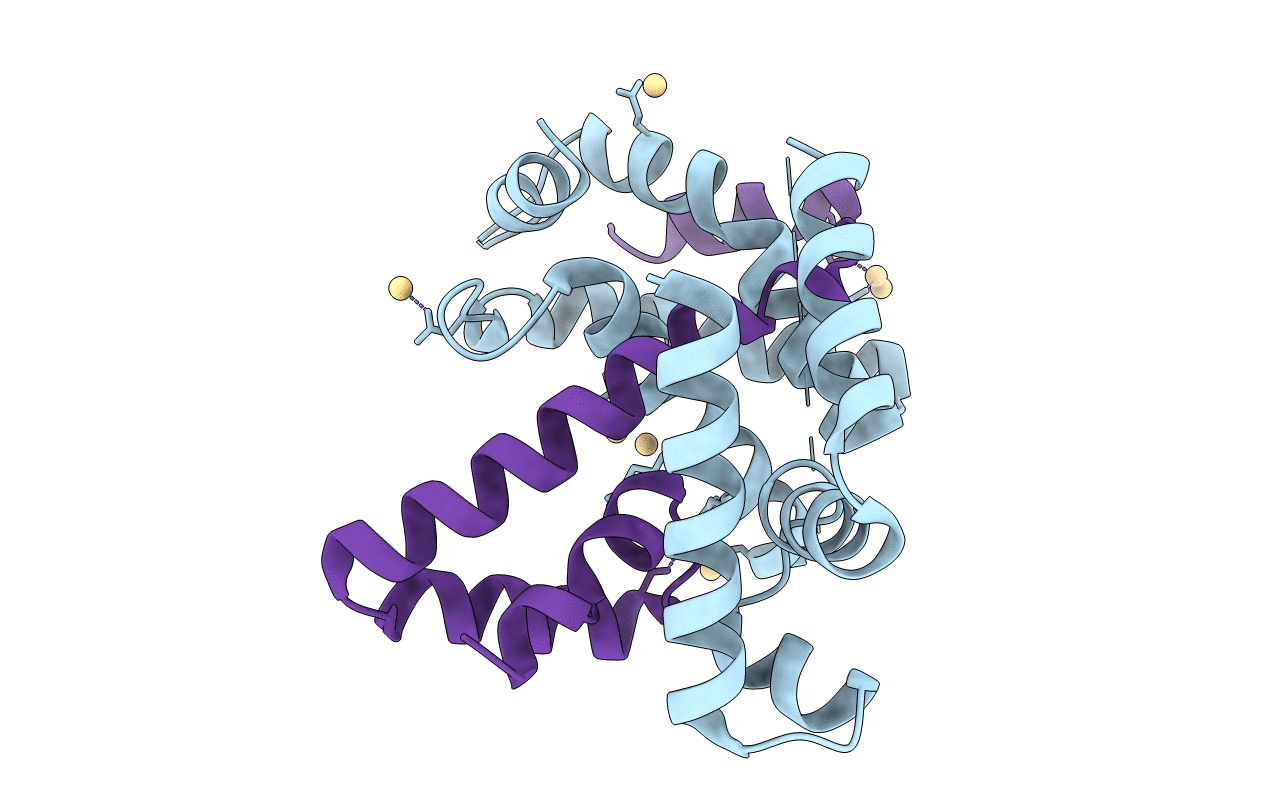
Deposition Date
2013-11-25
Release Date
2014-01-22
Last Version Date
2024-11-20
Entry Detail
PDB ID:
4NQW
Keywords:
Title:
Structure of Mycobacterium tuberculosis extracytoplasmic function sigma factor SigK in complex with the cytosolic domain of its cognate anti-sigma factor RskA
Biological Source:
Source Organism:
Mycobacterium tuberculosis (Taxon ID: 1773)
Host Organism:
Method Details:
Experimental Method:
Resolution:
2.40 Å
R-Value Free:
0.25
R-Value Work:
0.20
R-Value Observed:
0.21
Space Group:
P 41 21 2


